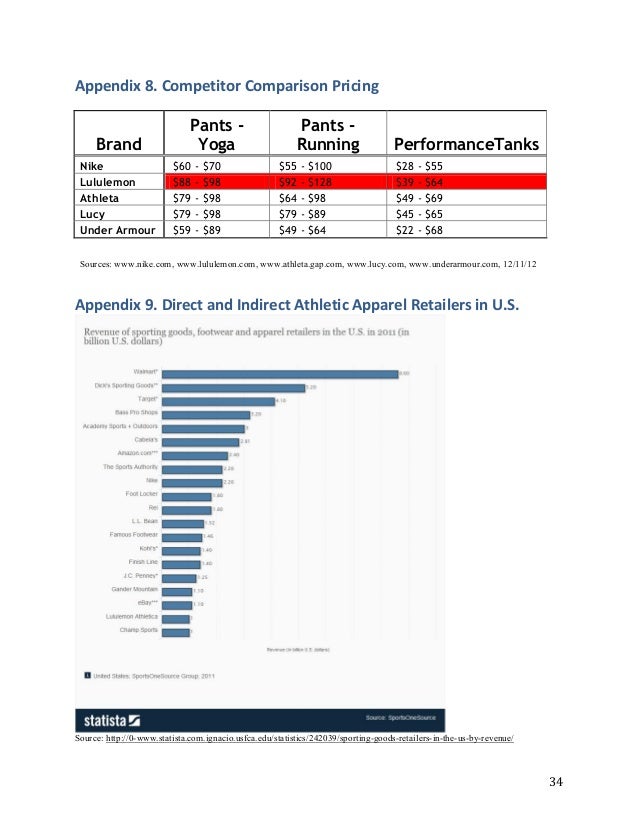New City, New Team, New Economy
By: Tyler Kiser
Two months past the Super Bowl, and a month to the NFL draft, NFL teams are in crunch time for making decisions for future seasons. Many football enthusiasts are ecstatic during this time period, hoping their favorite teams make the “right” decisions in the offseason. One extreme change that has occurred this offseason is the Raiders moving from Oakland to Las Vegas. Some people completely disagree with this move as they believe the Raiders should stay in their hometown, but truly this is the right decision for a dying team. Building a new NFL Stadium in an already popular city will not only revive the team, but it will greatly benefit the surrounding businesses and the community as a whole.
Currently Las Vegas has a solid economic base. Yearly the city brings in roughly 42 million tourists, generating an average yearly revenue of roughly $450 million. The gross profit just from tourists alone keeps the economy of Las Vegas growing, but eventually something new will be needed to spice up the town. With no recent upgrades to the city, less and less people will feel the need to visit, as currently 2% less visitors toured the area in 2017 as they had in 2016 at this time. This data proves there is a decreasing demand of tourism for Las Vegas. However, the new Raider’s Stadium is the solution to this problem. Once the stadium is completed, a projection of completion in 2022, it will grant a large spark to the Las Vegas economy. The football fans of the Raiders will feel the dire urge to see the new innovative stadium no matter the distance they life from it. The thousands of fans traveling to the games and various events in the stadium cause the projection it will generate $33 million yearly in net profit from strictly ticket sales, from only 26 events a year. Along with ticket sales, the stadium is predicted to produce a total economic output of $785.6 million yearly. Gross domestic product of the United States as a whole will feel the effects of this professional team’s move with more demand for local goods from the thousands of extra visitors. The reason behind this is when people come for the games and events in the stadium they aren’t only going to spend money for tickets and strictly nothing else; they will explore the beautiful city and visit the eye-catching attractions of Las Vegas, spilling more money into the neighboring businesses, increasing the total revenue and gross domestic product of the city in its entirety.
Aside from the substantial increase to the outputs and the revenue of the city, there will be many more positive externalities of the stadium. One main externality is the numerous jobs the stadium will create. The stadium won’t be able to run itself and in order for it to be successful, hundreds of employees will be needed to work various jobs in and around the stadium. From the restaurants to the pro-shops many people will be employed to ensure the entire stadium and businesses within run smoothly. This high demand for workers from the labor force will also decrease unemployment in the city and maybe even pull people from around the state to work the brand new stadium.
No matter the view of the disappointed fans that their team is leaving Oakland, this move is necessary to jumpstart the failing Raiders as well as boost the economy of Las Vegas. From the regular season games to the various concerts, fundraisers and other events held in the brand-new stadium, it will greatly boost the total revenue of the city, it will sharply increase the gross domestic product of the city, and it will release many positive externalities to the surrounding community, making for a booming economy in the years to come.
Works Cited
Messerly, Megan. “Digging into Economic Projections Tied to a Raiders Move to Las Vegas.” Las Vegas Sun, Las Vegas Sun, 5 Oct. 2016, lasvegassun.com/news/2016/oct/05/economic-impact-projections-nfl-stadium-las-vegas/. Accessed 22 Mar. 2017.
Millward , Wade. “Economists Weigh Economic Impact of Stadium for Raiders in Las Vegas.” Las Vegas Review-Journal, Las Vegas Review-Journal, 21 Mar. 2017, www.reviewjournal.com/sports/raidersnfl/economists-weigh-economic-impact-stadium-raiders-las-vegas. Accessed 22 Mar. 2017.
“2016 Las Vegas YTD Executive Summary.” Las Vegas Convention and Visitors Authority, Las Vegas Convention and Visitors Authority, 2016, www.lvcva.com/stats-and-facts/visitor-statistics/. Accessed 22 Mar. 2017.
